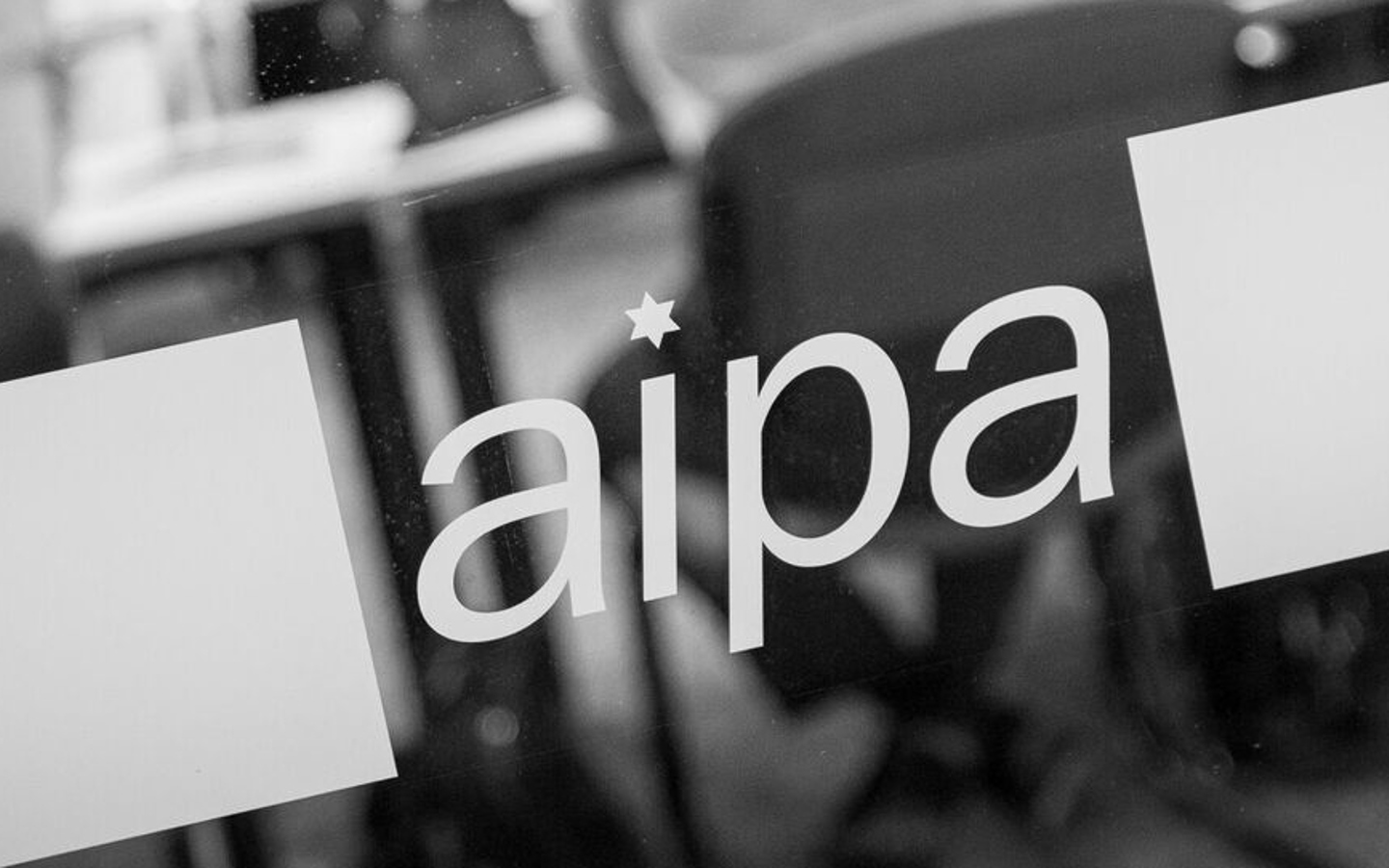Challenges for Pilots in Ultra Long Range Flying
06/09/2019 | Author: Mark Sedgwick

Challenges for Pilots in Ultra Long Range Flying.
OpEd by Mark Sedgwick,
President, Australian and International Pilots Association.
September 2019.
Qantas has been understandably enthusiastic about the airline’s non-stop flights between Perth and London, with bookings showing the 17-hour flights are very popular with passengers and highly profitable for the airline.
But the next challenge in aviation is developing commercial routes between the major population centres on our East coast, non-stop to London and New York.
The flights from Sydney to New York and Sydney to London would be around 20 hours and would cover a distance of about 17,000 km, making them the longest passenger services in the world.
As aircraft makers overcome the technical challenges of ultra long-range (ULR) flying, it’s worth thinking about the impact such extended flying would have on pilots.
This would be uncharted territory in commercial aviation – expecting pilots to sign on and complete pre-flight checks in Sydney, then take off on a journey half-way around the globe, before safely touching down, in all seasons and in some of the world’s busiest airspace.
The Qantas named “Project Sunrise” would push the aircraft technical envelope to the edge and would also test the human performance capacity of pilots.
Qantas is pushing forward with the prospect of making these non-stop flights to London and New York a reality beyond 2022.
There has been discussion on Pilot productivity regarding these flights, however the viability of Project Sunrise remains a decision for Qantas. Pilots agreed to a 30% productivity improvement in 2015 in relation to B787 flying.
In the interim, the “research flights” it has announced using three new Boeing 787 Dreamliners, tracking fatigue and brain functions for pilots and passengers on ultra long-range routes could be a step in the right direction for assessing fatigue and other issues.
Aside from potential use for Project Sunrise this data would be useful in assessing inflight physiological effects for all longer range flights.
These research aircraft however cannot carry a commercial load over this distance. They are special services restricted to a much reduced complement of passengers and crew. So more work may also be needed to assess the effects on cabin crew of working in fully laden aircraft over this distance.
Pilots view all flights through the prism of safety and these ULR flights, should they eventuate, would introduce further considerations into how the crew routines were managed onboard due to the increased length of time spent airborne.
From a pilot’s perspective, the key issue would be making sure that at the end of the flight, the crew was alert and capable of functioning with optimal performance.
Getting good rest on board for operating crews would be vital.
There is expected to be serious planning for managing diversion and disruptions to the flight and what will occur subsequently.
The airline would be expected to closely consider details like the planned times of day for departure, taking account of pre-flight sleeping patterns for pilots. This also means allowing for arrival at optimal times of alertness with regard to the Pilots body clock.
If these ULR flights prove to be viable, then more work would need to be done on fatigue risk management, looking particularly at the cumulative effects of long range operations on crew.
